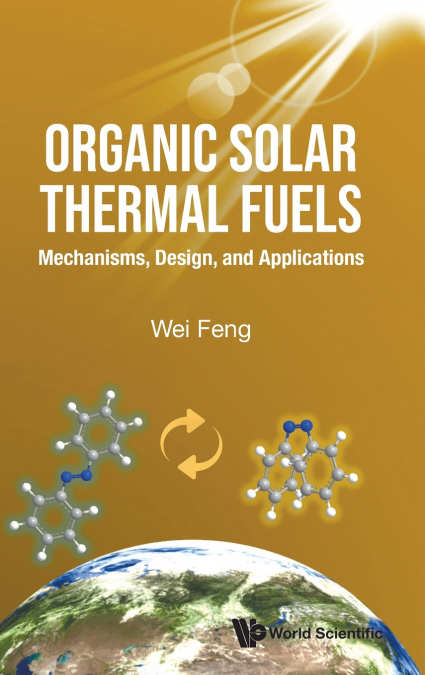
WEI FENG
Organic Solar Thermal Fuels: Mechanisms, Design, and Applications offers a significant introductory overview of the key properties, mechanisms, applications, and research directions in this emerging field of photothermal conversion materials.This book explores the types, characteristics, preparation, testing, applications, and future trends of small organic molecules, polymers, and nanocomposites for solar heat storage. Through the functionalization, composite and ordered structure design, and function-oriented assembly of organic molecules, new micro-nano-superstructure composites with multi-level pore structure, multi-scale network structure, and multi-group interface structure can be constructed, which can greatly improve the energy storage and controllable release performance of existing photothermal fuels. All the basic aspects and technology-oriented developments in this emerging discipline will be covered within this comprehensive and timely book.This first-of-its-kind professional book on organic solar thermal fuels serves as a key major reference work for materials scientists, polymer scientists, and chemists in academia, student and research and development. It may also be of interest to nanoscientists, environmental scientists, and engineers.